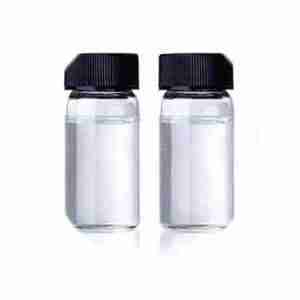Glyphosate Typical Properties
English Name:
Glyphosate
English synonyms:
KERNEL(R);landmaster;ENVISION(R);tumbleweed;TOTAL;
CAS:
1071-83-6
Molecular formula:
C3H8NO5P
Molecular weight:
169.07
EINECS
213-997-4
density
1.74
Water solubility
1.2 g/100 mL
Stability
Stable. Incompatible with metals, strong oxidizing agents
Storage:
APPROX 4°C
Purpose
Glyphosate is an organophosphorus herbicide and has become an important herbicide in the world. It is widely used in agriculture, forestry, animal husbandry, industrial transportation and other fields, including forests, rubber plantations, farmland, tea mulberry, orchards, sugarcane fields, border defense avenues, forest fire isolation zones, and non-agricultural weeding such as railways, airports, warehouses, oil depots, power stations.
Glyphosate Usage
It was originally used for controlling of grass weeds in rubber plantations and can allow the rubber tapping a year earlier and increase the production capacity of the old rubber tree.
It is currently gradually extended to forestry, orchards, mulberry fields, tea plantations, rice and wheat, and rape rotation land. Different kinds of weeds have different sensitivity to glyphosate and therefore the dosage is also different.
For example, for weeds such as barnyardgrass, green bristlegrass, Alopecurus aequalis, Eleusine indica, crabgrass, cleavers and other annual weeds, the dosage calculated according to the amount of the active ingredient should be 6~10.5 g/ 100 m2.
For semen plantaginis, horseweed, and dayflower, the dosage of being an active ingredient should be 11.4~15g/100m2. For cogon, Panicum repens, and reeds, the dosage can be 18~30 g /100m2, generally the used amount of water should be 3~4.5 kg. Apply direct and even spray to the stems and leaves of the weed.
Glyphosate Packaging and Shipping
Packaging:1-25Kg/bag or according to your requirements
Shipping:It can be according to the customer’s request
Glyphosate Storage
Storage at APPROX 4°C






